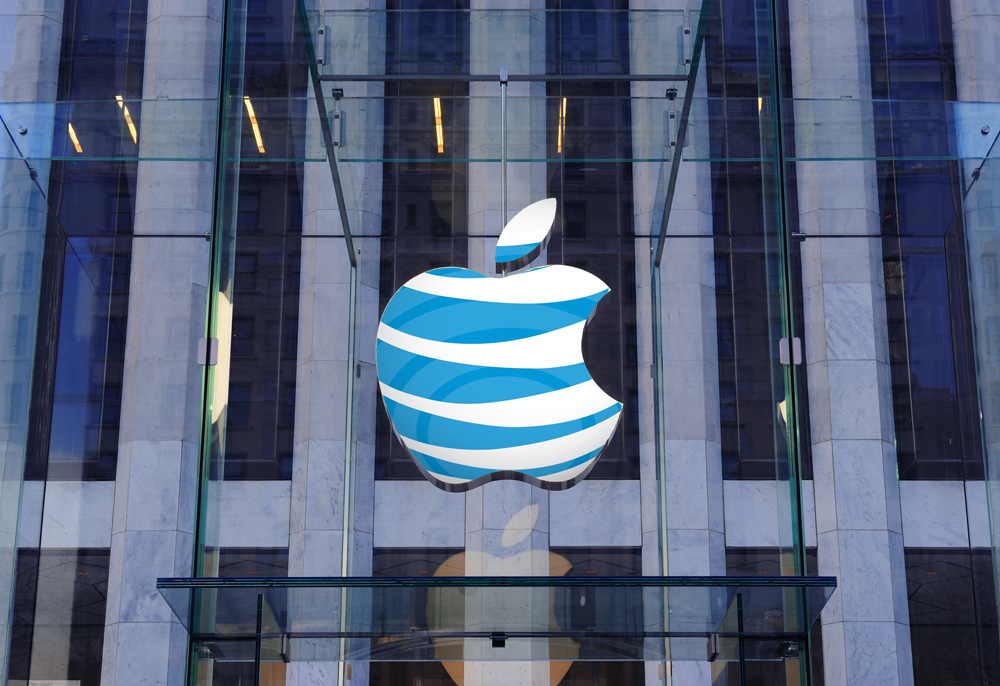The Mac startup chime is gone.
The phase-out began in 2007 when Apple eliminated the sound from its new products. Now the 2016 MacBook Pros no longer have it.
During the early 1990s, Apple designer Jim Reekes wanted to change a “horrible” Mac tritone. Believing that the startup sound framed our entire experience, he replaced it with a “fat C-major chord.” In 1998, Apple switched to the G Flat / F Sharp major chord that many of us know.
The Mac sounds that have been replaced by silence:
Where are we going? To sound competition.
Snap Crackle and Pop
From the beginning in 1928, Kellogg’s told us that its Rice Krispies “merrily snap, crackle and pop in a bowl of milk.” Amazingly, almost 90 years later, hearing “snap, crackle pop,” we still think of Rice Krispies.
A 1930s Rice Krispies Cartoon:
https://www.youtube.com/watch?v=I1dcQEcc_H4
Plop Plop Fizz Fizz
Simply by saying “Plop plop fizz fizz, oh what a relief it is,” in 1975 Alka-Seltzer forever associated itself with a series of sounds.
Our Bottom Line: Product Differentiation
Calling them auditory cues, the Wall Street Journal tells us that sounds can suggest an appealing quality like luxury or freshness. For Rice Krispies, the snap crackle and pop were so appropriate that they forever gave us a good feeling about the cereal. And for some reason, plop plop fizz fizz did mean acid relief. Even when the sound is not in an ad, like the fresh pop of a Snapple screw top, it can sell a product. The key though is that the sounds separate the product from the crowd.
For sellers who engage in monopolistic or oligopolistic competition, product differentiation is a must. Whereas perfectly competitive firms sell identical products like potatoes, and monopolies have no competition, those who compete along the middle of the market structure continuum are the ones that need product differentiation.

My sources and more: For extra facts on silencing Apple’s chimes, I recommend this Business Insider article. Also a sound story, Smithsonian has the Rice Krispies facts while advertisingweek tells us some Alka Selzer history. But to see the whole picture, this WSJ article is perfect.
Please note that several sentences in Our Bottom Line were in a previous econlife post.






